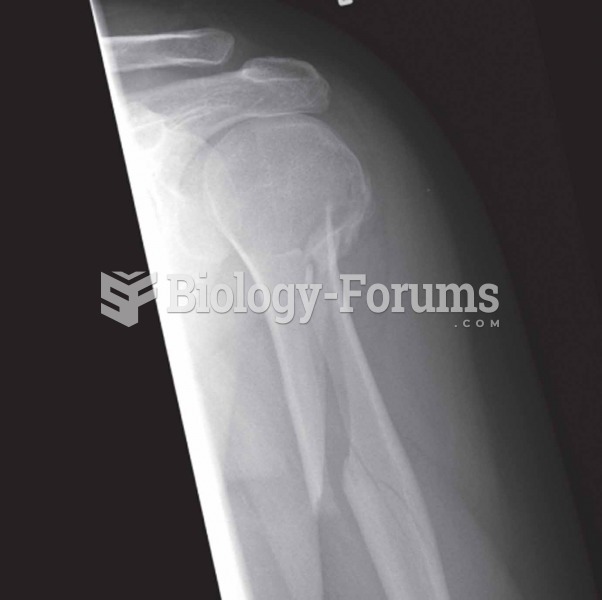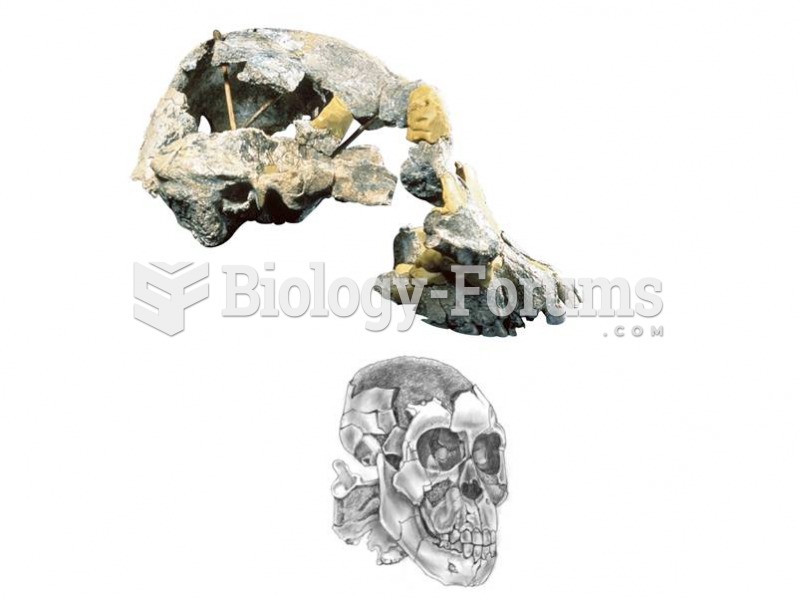Answer to Question 1
1 . Inadequate protein intake r/t increased protein catabolism with an open abdominal wound as evidenced by -39 g nitrogen balance.
2 . Increased energy expenditure r/t open abdomen and stress response as evidenced by metabolic cart measurement of 3657 kcal/day expenditure
3 . Excessive fat intake r/t parenteral nutrition composition and infusion of propofol as evidenced by RQ value of 0.76.
Answer to Question 2
a. According to the Powell (2012) article (see bibliography below), what adjustments should be made to assess for nitrogen losses through fistulas, drains, or wound output?
Powell suggests that an adjustment of 15-30 g of nitrogen loss per liter of abdominal fluid output should be made in open abdomen patients. This equates to about 94-188 grams of protein loss per liter of abdominal fluid output and could completely change the interpretation of nitrogen balance. Failing to include this loss would lead to an underestimation of nitrogen loss and an overestimation of the adequacy of protein administration.
b. A 24-hour nitrogen collection is completed for Mr. Perez with results of UUN 42 g. Calculate his nitrogen balance.
N2 balance = (dietary protein intake/6.25) UUN 4
= (199/6.25) (42 + 4) = -14 without correction for nitrogen loss from open abdomen
1.7 L of abdominal fluid output x 15 g nitrogen = 25.5 g nitrogen loss or 160 g protein loss
N2 balance = -39.7
Because of this patient's negative nitrogen balance, we can assess that he is in a catabolic state on 3/29 . This means that he is currently breaking down more protein to use for energy than is being replaced by the nutrition support. Reasons for a negative nitrogen balance are an increased catabolism, low dietary intake of protein, and presence of an infection. Also, as stated above, Mr. Perez has excessive protein losses through drains and wound outputs that may underestimate the severity of nitrogen loss and overestimate the adequacy of his current nutrition support. The goal during this stage of the stress response is to preserve lean body mass by reaching a neutral nitrogen balance, so it is important to increase protein needs and to blunt this hormonal response and excessive losses with anti-inflammatory drugs, antibiotics, and increased nutrition support.







